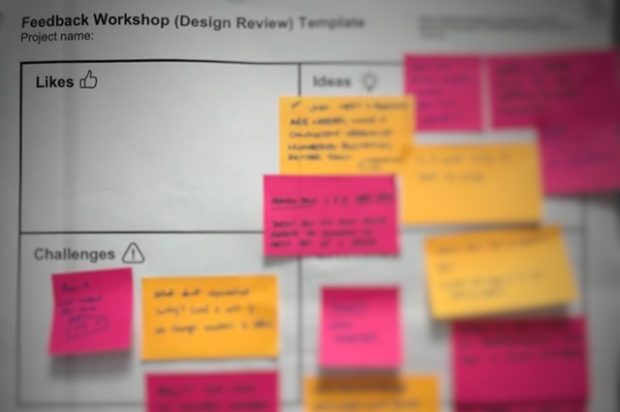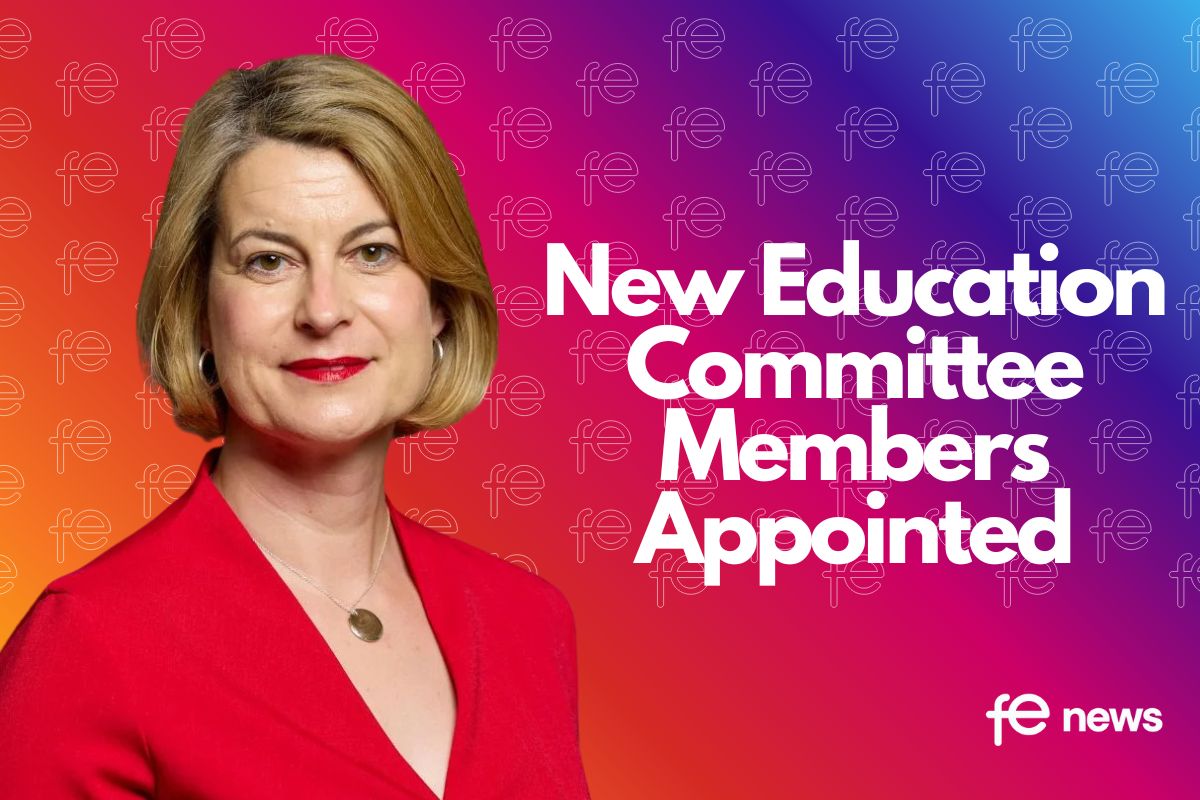Moving the Apprenticeship Service out of design silos

Jaskiran Kang, lead interaction designer @ESFAgov talks about how the #Apprenticeship Service has been creating a culture of #DesignCrits
Design critiques (crits) are used to review design work by interaction designers and content designers. They can be used to discuss a single problem such as where to position search buttons on a particular service page through to a whole user journey, for example, discussing the flow for a particular feature.
The purpose of a crit is to share work early, encourage feedback on whether a design meets its goals and identify alternative approaches if needs be.
The importance of design crits is well-documented in other government and external blog posts. They improve collaboration across disciplines and they expose designers to different design perspectives, helping broaden their skillset.
Over the last year or so, the Apprenticeship Service has experimented with a number of approaches to creating a culture of design crits. We’ve moved from a place where design crits rarely happened to having regular, cross-discipline crits.
Here’s what we did.
Moving out of design silos
A year ago, Apprenticeship Service content designers and interaction designers met separately in fortnightly ‘design clans’ to discuss design issues and these would occasionally include some kind of critique.
Ad hoc crits were also taking place outside of clans, either face to face or on Slack, a digital tool for collaborating. Face to face crits tended to be with a few friendly colleagues. Slack crits tended to ask for feedback on a designer’s preferred channel. We wanted to explore another method to enable more people to feedback on a regular basis, earlier on in the design process.
Strengthening the crit process
Together with content clan leads, Mark Avery and Karen Garland, I set some key goals to:
- increase the visibility of design feedback across the design community
- improve collaborative working between content and interaction designers
- encourage designers to share work early and raise any issues early on
We focused on User Experience (UX) product designer Sean Harris’ How to conduct design review meetings that don’t get derailed’ and used his proposed agenda as a starting point for our new process.
Example of an agenda for a 45-minute design crit
- 15 to 20 minutes to run through the design challenge while participants capture feedback on post-it notes
- 20 minutes to run through feedback
- 5 minutes to pinpoint any key themes that came out as actions
A false start
Although the new approach was ready to roll, we had to cancel three consecutive sessions due to a low turnout. Why was this? Did no one from any of the 13 delivery teams have anything to share? Were they all too busy? Was it something else?
We approached each of the content and interaction design clan members to explore why and they told us that they were nervous about sharing their work in this new way. They were concerned about how safe and constructive this way of working would be.
Sharing work and opening it up to feedback can be a terrifying prospect. When sharing your work you must remember the golden rule: you are not your design, so don’t take feedback personally.
I spoke to designers on a one-to-one basis to explain the process, the intent behind these sessions, and to reassure them that this was an allocated safe space for them to give and receive feedback. Once people were reassured that these new crits would be a chance to have a constructive, two-way conversation about our shared design challenges, they signed up.
It wasn’t long until all the slots were booked out.
What happened during our first session
The first session was a success. The topic was exploring ‘provider permissions’ – where employers can give permission to training providers to undertake certain activities within the apprenticeship service on their behalf. People were surprised by the amount we covered in 45 minutes – we managed to go through a whole user journey. Everyone was engaged and the room was buzzing – there was a lot of conversation and constructive feedback. We noticed an increase in this project’s visibility with 7 designers from across the Apprenticeship Service attending. All outputs where then shared in Confluence, a shared open workspace, for anyone outside the crit to absorb should they want to. The designers working on the project took away the actions to add into their delivery backlog and prioritise any changes with their wider team.
Feedback from the designers who led the session
Michael Chambers, Interaction Designer: “It’s helped me to think about how I can simplify the journey completely. We need to do it more, I think. Going forward I will aim to do more crits. The 15-minute set up time was perfect. Because we identified the problem areas of the journey beforehand, we could point out where we actually needed feedback.”
Helen Dickerson, Content Designer: “I found it really useful. We said upfront what we might need help with, so it was great people could feel they were helping with the journey and that their feedback was very helpful and welcome. We probably could have even done with the session being slightly longer. It had a really nice, friendly, positive atmosphere and it felt like everyone enjoyed it.”
Next steps
We aim to test this method over the next quarter and review whether more people are attending design crits. We plan to carry out a retro session to understand how we did against our original goals and how we are sharing good practice. All feedback gathered will feed into how we iterate designs and make improvements.
We are keen to hear what your organisation does to increase the visibility of design work and improve the quality and impact of design. How much importance do you place on crits or design reviews? How do they work in your organisation? Feel free to post your crit-related tips in the comments section below.











Responses